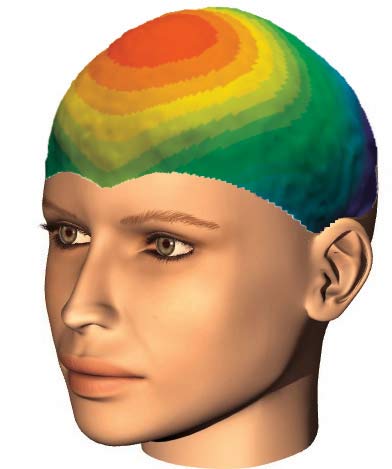Women's Brains React Surprisingly Fast to Erotic Images

Erotic images elicit faster and stronger electrical responses in a woman's brain than other images ranging from pleasant to disturbing.
The finding might not sound surprising, but researches did not expect responses to erotic images to emerge so quickly, apparently involving different circuits than the processing of other images.
"That surprised us," said study leader Andrey Anokhin of the Washington University School of Medicine in St. Louis. "We believed both pleasant and disturbing images would evoke a rapid response, but erotic scenes always elicited the strongest response."
The test involved 264 women who were shown 55 images of water skiers, snarling dogs, partially clad couples in sensual poses, and other scenes.
Electrodes on the subjects' scalps measured brain activity.
The signals begin firing long before a subject was conscious of what she was seeing, the researchers reported recently in the journal Brain Research.
Erotic images elicited neuron firing within 160 milliseconds—about 20 percent faster than occurred with any of the other pictures. The stimulation then branched out to different brain regions for erotic images compared to the others.
Sign up for the Live Science daily newsletter now
Get the world’s most fascinating discoveries delivered straight to your inbox.
Previous research indicated men are more aroused by erotic images than women, so Anokhin and his colleagues expected women to respond with lower levels of brain activity compared to men.
"But that was not the case," Anokhin said. "Women have responses as strong as those seen in men."
The monitoring method, called electroencephalogram (EEG), was used because it could distinguish tiny time differences. But it can't pinpoint specific brain locations where the activity occurs. Such accuracy would require similar studies using MRI and PET scans.
The next question on Anokhin's mind: Whether or not the human prefrontal cortex contains special neurons tuned for sex.
Robert is an independent health and science journalist and writer based in Phoenix, Arizona. He is a former editor-in-chief of Live Science with over 20 years of experience as a reporter and editor. He has worked on websites such as Space.com and Tom's Guide, and is a contributor on Medium, covering how we age and how to optimize the mind and body through time. He has a journalism degree from Humboldt State University in California.










